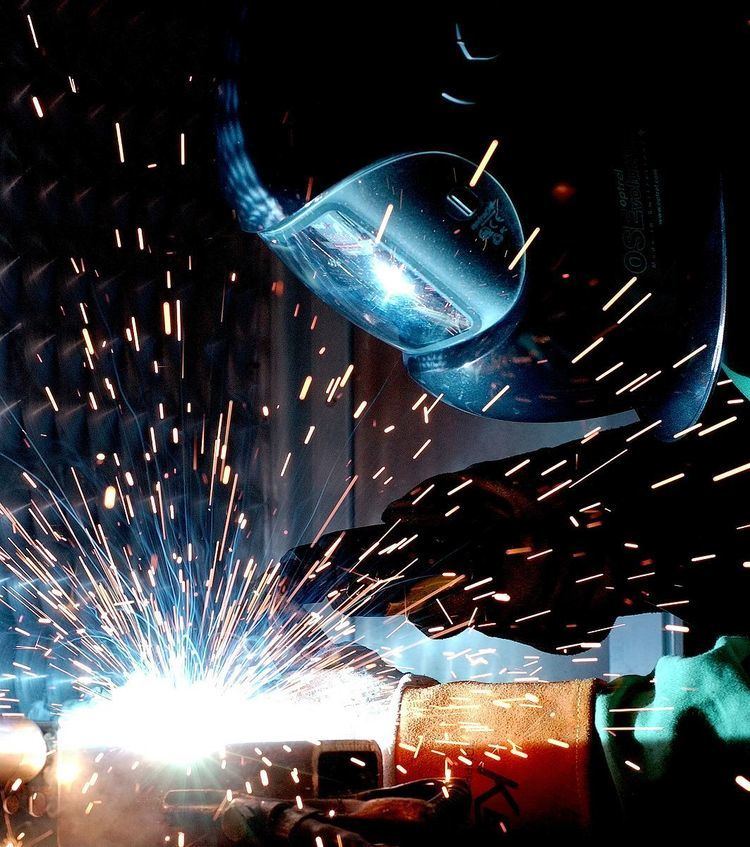 | ||
Eye protection is protective gear for the eyes, which comes in many types depending upon the threat that is to be reduced. The threats can be particles, light, wind blast, heat, sea spray or some type of ball or puck used in sports.
Contents
Goggles
Goggles are forms of protective eyewear that usually enclose or protect the eye area in order to prevent particulates, infectious fluids, or chemicals from striking the eyes. For example, when swimming, goggles protect the eyes from salt or chlorine in the pool.
Protection against light
The human eye is sensitive to intense light because it damages the retina and can even blind the individual. There are many different types of eye protection against light suited for different applications.
The most common forms of eye protection against light are sunglasses. These primarily protect against UV light from the sun and help increase visibility in bright conditions. They often tend to be fashionable as well as practical. Laser protection eyewear is similar but will filter out a particular (or small range of) wavelength(s), customized to the laser being viewed. Laser protection eyewear is particularly important because of the extremely high intensity of laser light.
Shade 14 welding glass must be used to stare directly at the sun, solar eclipse. Sunglasses will not provide sufficient protection.
Welding glass protects against glare and flying sparks. It is a more extreme implementation of the same idea as sunglasses, suited to the more intense light generated during welding. Arc welding goggles must be much darker than blowtorch goggles.
Other protection
Helmets and visors
Some helmets and visors also protect the eyes:
Pricing
Prices depend on the manufacturing cost, quality, wavelength protection, and type of goggle/lens and may range from US$20 for a single lens to thousands of dollars for a set of specialized goggles.
